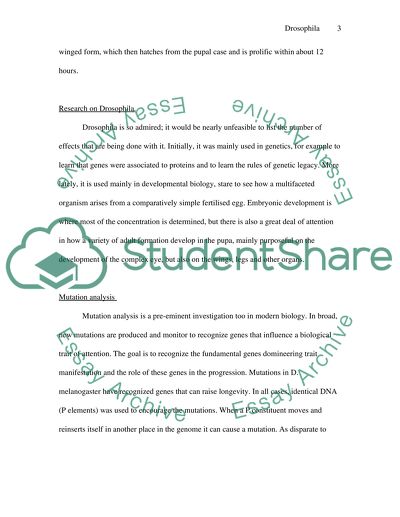Cite this document
(“Drosophila Essay Example | Topics and Well Written Essays - 1500 words”, n.d.)
Drosophila Essay Example | Topics and Well Written Essays - 1500 words. Retrieved from https://studentshare.org/science/1517609-drosophila
Drosophila Essay Example | Topics and Well Written Essays - 1500 words. Retrieved from https://studentshare.org/science/1517609-drosophila
(Drosophila Essay Example | Topics and Well Written Essays - 1500 Words)
Drosophila Essay Example | Topics and Well Written Essays - 1500 Words. https://studentshare.org/science/1517609-drosophila.
Drosophila Essay Example | Topics and Well Written Essays - 1500 Words. https://studentshare.org/science/1517609-drosophila.
“Drosophila Essay Example | Topics and Well Written Essays - 1500 Words”, n.d. https://studentshare.org/science/1517609-drosophila.


